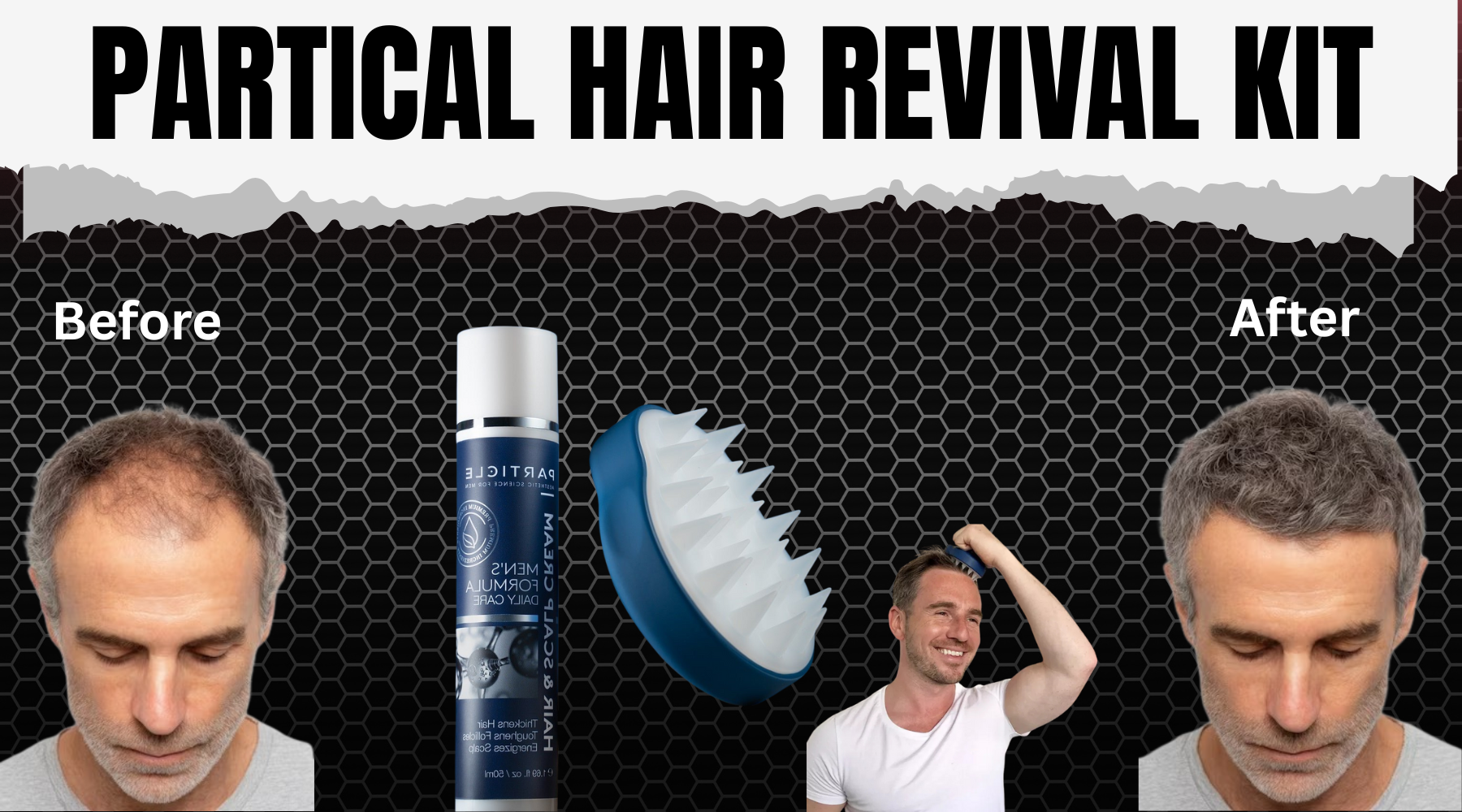
Winter Wig & Extension Care Tips
No matter how much we hope and pray for endless summers, winter always comes back eventually.
And along with freezing temperatures, snowstorms, and icy roads, comes extremely dry hair. There’s just something about winter (read: dry air. Dry air is the something about winter) that takes our hairstyles from voluminous and shiny to frizzy and flat.
Both wig wearers and women who rock their bio hair are affected come winter. No one’s hairdo is safe from freezing temperatures and dry air.
Taking a few extra steps to protect your wig can mean the difference between great holiday hair days and lifeless locks.
Here are our top 5 tips to help you easily and effortlessly winterize your wig — no visit to the auto shop necessary.
Tip 1: Keep it Conditioned. Deep Conditioned.
Just like the royal family and the Kardashians (contrary to tabloid belief, they are NOT the same thing), there are some nasty rumors out there about conditioner.
- Conditioner weighs down your locks
- Conditioner flattens your roots
- Conditioner inhibits styling tools
- Conditioner keeps your hair from holding a curl
The list goes on and on, but not one of those statements is true.
If you’re using conditioner correctly, it will not only make styling your wig easier but also shield your strands from harsh weather conditions.
Conditioner provides a layer of insulation to hair and locks in moisture. That’s why during colder months, it’s especially important to condition and deep condition your wig (friendly reminder: shampoos and conditioners that aren’t specifically designed to treat wigs will damage your wigs).
Wigs dry out faster in winter because there’s no moisture in the air to protect your wig, so your typical conditioning routine isn’t going to cut it.
Deep conditioning not only prevents frizziness, dryness, and strand breakage, but it can also revive the softness, thickness, and texture of a wig that is exposed to dry air.
Regular conditioners don’t moisturize as well as deep conditioners, so you should use a deep conditioning mask a few times a week. After shampooing and conditioning your wig, apply your mask and leave it overnight. The mask will lock in moisture and add a layer of protection to your wig against the elements.
It’s also a good idea to stock up on your wig care products before cold weather rolls in. Just a few days out in the elements without properly conditioning your wig can ruin it.
Think of it like the hair care Hunger Games. If you don’t have the wig care supplies you need, the odds of preserving your wig will not be in your favor.
Last, it is a very very very good idea to use a leave-in conditioning spray on your wig in the winter.
All this moisturizing might sound a bit too much, but trust us when we say it isn’t.
Natural hair (i.e., head hair) repletes moisturization throughout the day with naturally generated oils. Wigs, on the other hand, do not naturally create moisturizing oils to soothe and moisten their strands.
Although, if someone out has invented a self-hydrating wig, please feel free to email us, new best friend.

Tip 2: Air Dry Before You Freeze Dry
You not only need to protect your wig against the dryer environment during the winter, but you also need to stop using styling tools that dry out your wig.
That means that when you put your sun hats and bikinis into storage for the winner, you should be stowing away your curling irons, flat irons, hot rollers, and hair dryers, too.
Heated styling tools fry the moisture out of your wig, which is fine when it’s humid out, but disastrous when it’s dry.
Rather than using a hairdryer, let your wig air dry in the winter. Just make sure your wig is completely dry before you step outside.
If your wig is even a little bit damp when you step outside, it can freeze. Cold temperatures freeze wig hair faster than bio hair, which will cause your wig to become brittle and breakable.
How to Air Dry a Wig
Besides, just like you’ve told your kids/grandkids/neighbor kids a thousand times, going outside with wet hair is never a good idea. Wet hair clings to the backs of our necks under scarves and hats, leading to sneezing and sniffles.
Don’t be the person at the holiday table sneezing into and ruining the gravy. Your family won’t thank you.
Tip 3: Cover up.
Even if you’re especially proactive and already conditioning and air drying your wig, it can still dry out (bummer, we know).
Winter weather doesn’t play fair, it doesn’t play nice, and it won’t go easy on your wig just because you used an extra spritz of conditioning spray.
When you know you’re going to be spending any substantial amount of time outdoors (i.e., any longer than it takes to get from your front to your car), wrap your wig. You can wrap it in a soft scarf, loose hat, or any other gentle material you prefer.
The type of hair cover you choose doesn’t matter nearly as much as the fact that you’re covering your hair.
Also, on nights you don’t wash your wig, cover it with a satin scarf. Air indoors can be just as dry as the air outdoors in the winter, so you need to protect your wig inside, too. A satin scarf or wig cover will hold in your wig’s moisture.

Tip 4: Dress Appropriately
No, we don’t mean that you have to stop wearing a mini skirt after you turn 40. We mean you shouldn’t wear clothes that can harm your wigs.
When wigs rub against wool coats, sweaters, and scarves, the strands tangle and break. Not only that, but wool clothing can turn your wig into one big, tangled mess.
To avoid snarls and knots, cover your wig with a hat or silk scarf when you’re wearing wool clothing. Even better, forgo wool clothes altogether when you’re wearing a wig.
If you decide to wear a hat over your wig, pick one with a soft material like faux fur, cashmere, or 100% cotton.
Your hat should be one size too big, too. If your hat is too tight your wig could come off with it when you remove your hat.
Don’t want to wear a hat or scarf? Carry an umbrella with you.
That softly falling snow will look cute on your wig for a few minutes, but when your wig is soaked, and you’re sneezing up a storm later in the night, you’ll be sorry you walked outside without some protection.
Tip 5: Buy a Human Hair Wig
Synthetics wigs are more fragile than human hair wigs, and that means they break, tear, and tangle in dry air much more often than human hair wigs.
Why? Because synthetic wigs are made of plastic.
How many times has the handle of a plastic, 10 dollar saute pan you bought at the grocery store snapped off? The same thing doesn’t happen with 100% stainless steel cookware.
While it might feel like a bit of a splurge to buy a human hair wig just for winter, it will actually save you money in the long run. Because human hair wigs are less likely to break than synthetic ones, you won’t need to replace them every time there’s a bad snow storm.
Bonus Tip: Get Thee to a Stylist
Cold, arid weather conditions are one of the biggest threats to the longevity of your wig. And once a wig is ruined, there’s not much you can do return it to its former glory.
If you’re not sure how to save your wig from Jack Frost, or just want some extra tips for how to take care of your wig, see a professional.
A stylist can walk you through the steps you need to take to protect your wig during the winter and help you make sure you’re doing everything possible to maintain your wig.
Quick Note: when you book your appointment, confirm with the salon beforehand that you’re seeing a stylist who is familiar with styling wigs and wig maintenance.
Caring for wigs is very different from caring for natural/bio hair. If you’re going to spend the money to talk to a stylist about winter wig care, it’s crucial that you see a wig care expert who can give you insider advice.
Have a favorite wig care tip that keeps your wig looking 100 in the winter? Let us know in the comments!
For more wig care advice, check out Wig Care 101 and How to Make a Wig Look REAL.






Wow! Such a wonderful post.